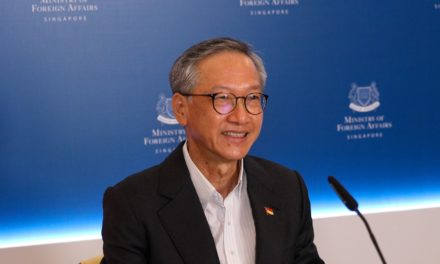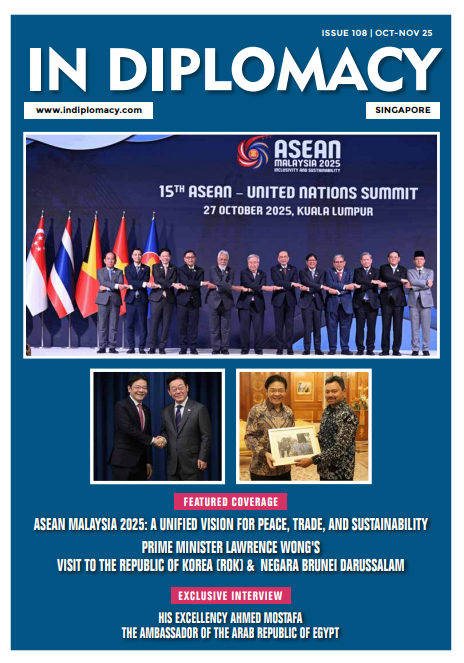
MONETARY AUTHORITY OF SINGAPORE From MINISTRY OF TRADE AND INDUSTRY Released Singapore Consumer Price Developments on 25 January 2023
Outlook
Demand conditions in major economies have softened while supply chain frictions have continued to ease. Prices of energy and food commodities had come off the peaks earlier in 2022 but remained elevated. In addition, labor markets in major advanced economies are still tight, keeping wage pressures strong. Overall, as accumulated costs pass through global value chains, Singapore’s imported inflation is expected to remain firm for some time.
On the domestic front, unit labor costs are expected to increase further in the near term alongside robust wage growth. Although electricity tariffs have come down from their peak in Q3 2022, the cost of utilities is likely to remain elevated. As such, businesses are expected to continue to pass through accumulated import, labor, and other costs to consumer prices amid resilient demand. Meanwhile, car and accommodation cost increases are likely to stay firm in the quarters ahead on the back of tight COE quotas for cars and strong demand for rental housing, respectively.
Against this backdrop, MAS Core Inflation is projected to stay elevated in the first half of this year before slowing more discernibly in H2 2023 as the current tightness in the domestic labor market eases and global inflation moderates.
For 2023 as a whole, taking into account all factors including the GST increase, headline, and core inflation are projected to average 5.5–6.5% and 3.5–4.5%, respectively. Excluding the transitory effects of the GST hike, headline and core inflation are expected to come in at 4.5 – 5.5% and 2.5–3.5%, respectively. There are upside risks to the inflation outlook, including fresh shocks to global commodity prices and more persistent-than-expected external and domestic sources of inflation.















